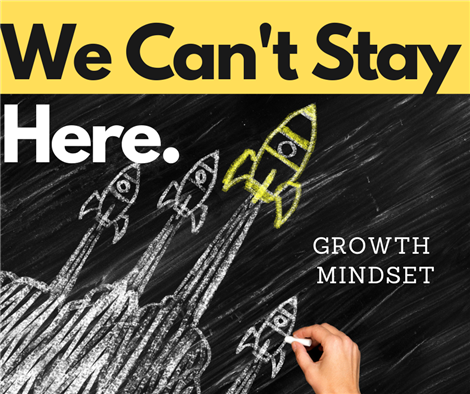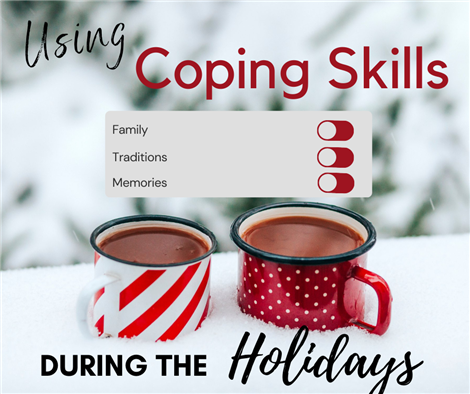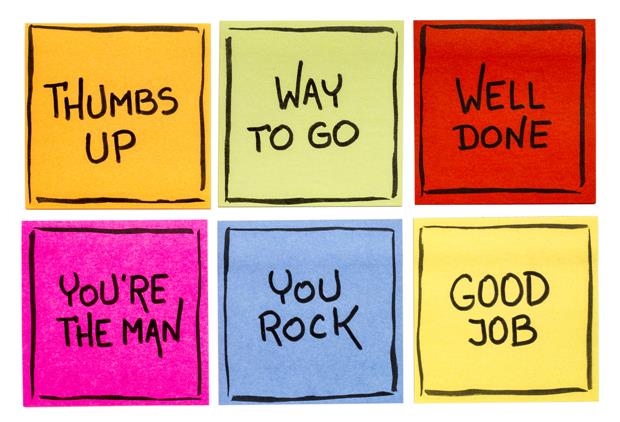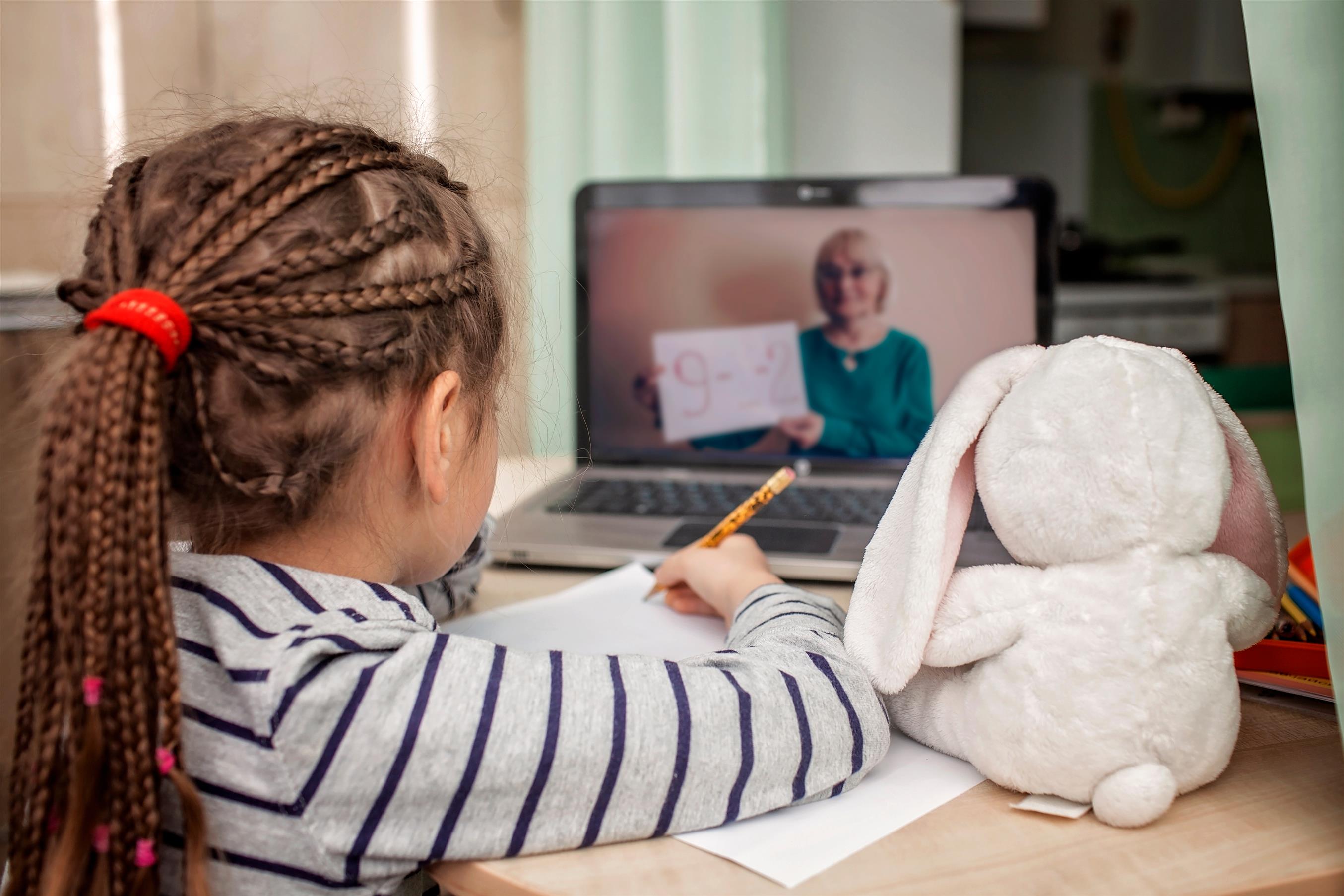Teaching Kids to Have A Growth Mindset
“I am not good at this”. “I will
never be that smart”. “My friend can do it, I can't” “This is too hard”.
Do
the above statements sound familiar? Even as adults, we are guilty of letting
these thoughts creep into our brains and sometimes we say them out loud. If
adults are guilty of this, imagine how often children do the same.
The
problem is, these statements above are very much a fixed mindset, meaning they
believe that their traits are unable to improve and they do not work on
improving themselves. These statements limit themselves and set students up for
multiple different consequences. For example, students who have a fixed mindset
decrease self-confidence inhibits risk-taking, and hold back the individual.
That
is why it is essential for parents and teachers to teach students to have a
growth mindset and nurture this over time.
Today,
we will be looking more into what a growth mindset is, its importance, and how
to develop a growth mindset in children.
What is a Growth Mindset?
A
growth mindset is an approach to life in which an individual believes that
their talents, abilities, and intelligence can be developed over time. The word
growth mindset sums up exactly what it is–growth. When someone has a growth
mindset, they thrive on a challenge and see it as a way to improve themselves
and to become stronger.
The
problem is, that a growth mindset is hard to develop. Naturally, when we “fail”
at something, we tell ourselves to never try it again– to avoid that feeling.
Not only do children feel this way as well, but if the adults in their life
also do not show a growth mindset, then they are more likely to have a fixed
mindset throughout their lives. This is why it is so essential to help students
have growth mindsets.
The Importance of a Growth Mindset
The importance of a growth
mindset can not be underestimated. Not only do students have more confidence in
themselves, but as they grow, they can use their “failures” as a learning
experience and grow over time.
This skill is beyond
important in not only their learning throughout the years but also in their
careers. They will see obstacles as a chance to better themselves which will
lead them to success in the future.
Obviously, this is
something we all want for our children and students, so how can we develop this
among them?
Key Phrases To Use
One
key way we can help students develop a growth mindset is to start using key
phrases and change children’s way of thinking. Not only should we have students
do this, but we should do this ourselves because we are the best role models to
children. and even using them ourselves.
Some
key phrases and thoughts we should teach children are:
- I might not be the best at this,
yet, but I will get better.
- This is challenging but it will
help me grow.
- My attitudes can propel me
forward.
- Feedback is not bad! It is
constructive.
- I like to try new things.
The
key here is not to just teach children what these key phrases are, but to
change the way they think. This means, we will have to model what we are
looking for and to practice; because just like the growth mindset says, “we
might not have a growth mindset yet, but we can develop one”.
Make a Plan
Now
that you know what a growth mindset is, the importance, and key phrases you can
teach children to use in their everyday lives, it is time to practice! It can
be challenging to change a mindset, especially one that is fixed; but, it is
not impossible. Here are some ideas that you can use to help instill a growth
mindset in children.
- Try
something new- What is one thing that the student wants to learn but
has never tried? Maybe it is playing an instrument, maybe it is a new
sport or reading a new book. It could literally be anything, as long as it
is something new. Once the child picks something they want to try, you
then help them work towards achieving their goals. When an obstacle comes
in their way, you push them to never give up and to grow from it.
- Make a
goal- This
one can be used either in the classroom or at home. Have students pick the
class that they struggle the most with. Then, have the child make a goal.
Maybe that goal is to get an A by the end of the year, or maybe it is to
get one letter grade higher on their test– whatever it is, have students
work hard to reach their goal and when they begin to doubt themselves,
have them change their statements to reflect more of a growth mindset.
- Affirmations-
Who
doesn't live a good affirmation? An affirmation is an emotion or
encouragement for yourself. Have students do affirmations every single day.
They can say what they like about themselves, they can tell themselves
that they can improve, and they can state that challenges are a way to
grow. Do these every single day. The more children say them, the more they
believe them.
Resource
Want
a fun way to set goals with your children and students? Check out this Memory Game. Not only will you have fun
playing this, but you also will be practicing your memory. On top of that, you
can use this game as a beginning conversation to start setting goals. Pick one
of the goals that are matched to work towards reaching this year, or create
your own– the options are endless. Lastly, a memory game can be challenging– it
is the perfect way to practice using a growth mindset!







.png)